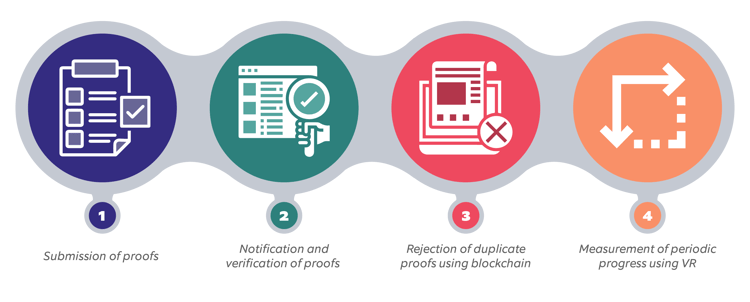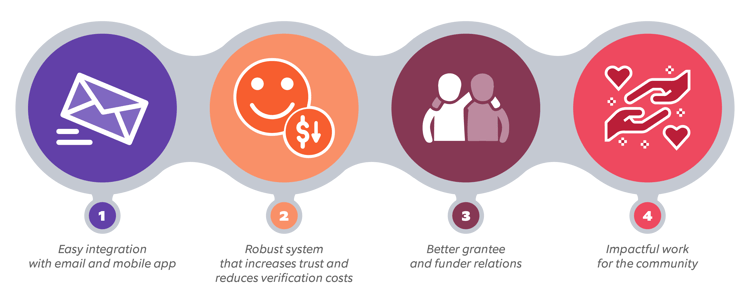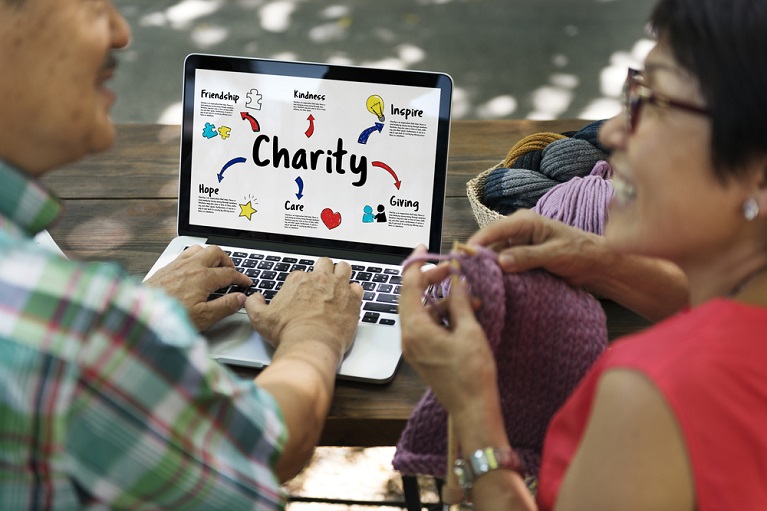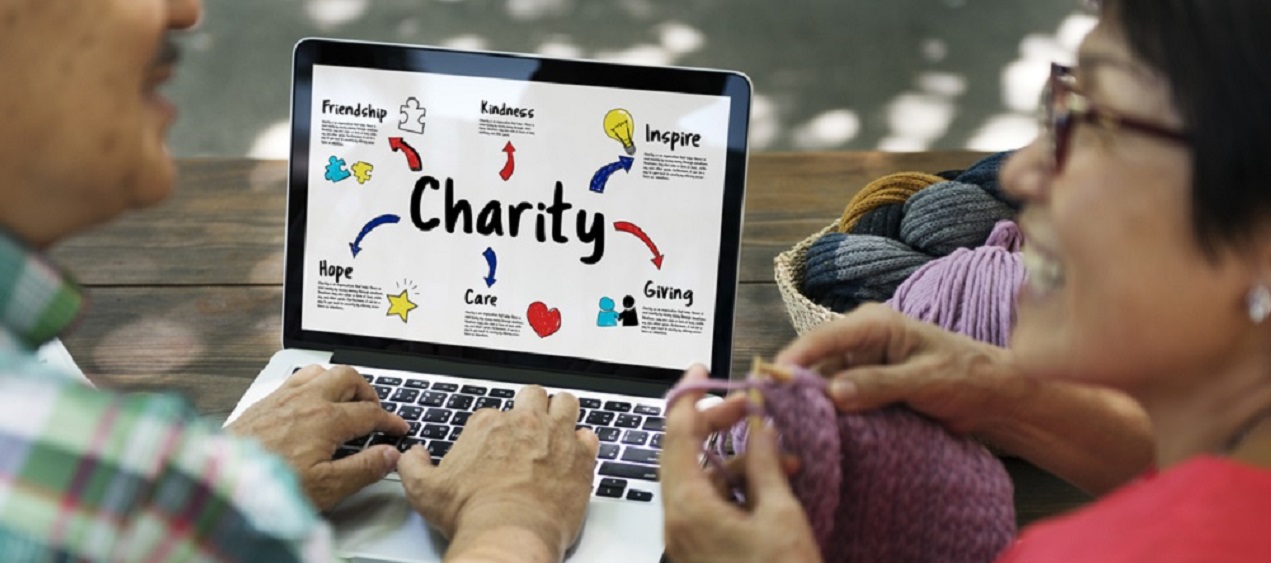Nonprofits work with the aim of expanding their reach and serving as many people as possible. However, as long as they remain beset with ineffective fundraising and poor fund tracking, their goal cannot be truly achieved.
Let us look at how technology can help provide solution to the challenges that nonprofits face.
Funder-grantee relationship: How does it work?
Funder-grantee relationship is a partnership where they are helping each other to make a difference for something they both care about. A funder wants to contribute towards the betterment of the community and provides funds to grantees. The funder knows where and how funds can be utilized properly and chooses a grantee based on certain parameters, such as:
- how the grantee is aligned with his/her vision
- the track record of the grantee
- the impact of the proposed project on the community
The grantee (who is much closer to the community) knows how the grants will be utilized so that the relevant project objectives can be achieved during the grant period. The success indicators are objectives that:
- clearly address the problems or needs
- are measurable and realistic
- logically define the steps to be taken to achieve the project goals
Measuring ROI: How to do it?
The funder is always looking for a better way to measure ROI in terms of outcomes. Outcomes are those changes in the world that occur because of the activities, products, or services completed or delivered by the grantee. To put it differently: if the outputs are successfully completed, the outcomes are the benefits that would accrue to participants and/or target audiences. To measure ROI better, we must answer the following questions during the grant period:
- What is the proof of the accomplished work?
- What are the ways to verify the proofs?
- How can we measure a periodic view of the progress?
- What if the grantee is a fraud?
- How can we make the system more robust and scalable?
Solution: Nonprofits can leverage virtual reality and blockchain technologies to accomplish the following:

1. Submission of proofs
Links will be provided so that a grantee can submit proofs, such as images, videos, social media events, receipts, etc. The funder can see the proofs and verify the progress. This will allow the grantee to submit the proofs along with a work progress update. The system can be made more robust to measure progress by comparing the proofs submitted over a given period.
2. Notification and verification of proofs
The grantee will get notified (via mail) with a unique link, which will take them to the mobile app to be used for proof submission. The grantee will generate a live proof of work. The system checks the proof for any forgery before accepting it as a valid proof. The system will be made more trustworthy and informative by setting up an independent platform to host sensitive proofs.
3. Rejection of duplicate proofs using blockchain
Blockchain can be used to identify and filter out any duplicate or forged proofs. The verified proofs will be added to the blockchain to maintain an immutable record of the shared repository of proofs. Any future proofs will be verified using this updated repository.
The system can extract a rich set of visual features based on the proof content to find similarity of proofs based on landmarks, object placement, personnel, GPS location, etc. Once the proof is verified successfully, a cryptographic hash will be generated for the same, and it will be added to the blockchain for future comparisons.
4. Measurement of periodic progress using VR
VR 360° videos and images can be uploaded as proofs using the mobile app. These proofs give the funders better visualization of the ROI. These can also be recorded using drones, especially if the area to be recorded is not accessible for humans. The system will analyze all proofs uploaded by the grantee and will interpret them as analytical data. Using this data, the funder can measure the ROI and can compare it with the objectives defined for the grant period.
Benefits: Here are some advantages of using technologies like blockchain, VR, and AI:

1. Easy integration with email and mobile app
The grantee can upload images and other proofs effortlessly by using the link (sent to mail) and mobile app.
2. Robust system that increases trust and reduces verification costs
Thanks to technologies like blockchain and VR which streamline the system and weed out any fraud, the funder would be able to have more confidence and trust in the system. Further, it will also reduce verification costs as compared to verifying the progress manually or doing a site visit.
3. Better grantee and funder relations
The grantee will be able to build trust with the funder much more quickly. This will also enable healthy communication between the grantee and funder, leading to increased collaborations in future.
4. Impactful work for the community
A tech-enabled system will facilitate a healthy discourse between the funder and impactful work by grantee, leading to the betterment of the community.
Challenges we might face while implementing VR and blockchain for nonprofits:
1. Technology integration
Integrating with VR 360° videos and creating analytics based on them is one of the biggest implementation challenges. AI models, based on real-time data, will be generated for a more aggressive verification of proofs.
2. Support for more types of proofs (such as PDF, audio, etc.)
Providing support for multiple types of proof is challenging, as we need to identify & filter out any duplicate or forged proofs. For different types of proofs, we might need to follow different algorithms.
3. Privacy of proofs
It must be ensured that we take enough care of multiple aspects (like privacy, handling of sensitive proofs, etc.) of proofs uploaded to the system.
4. Integrated verification engine
Developing an integrated verification engine to cross verify proofs of different types is another major challenge in the process.
5. Scalable verification process
It must be ensured that the verification process remains scalable in the long run, even after an increase in the size of the shared proof repository.
Bottom line
Of course, as with everything else, even technology has its limitations. However, if leveraged in the right way, it can help in reducing administrative costs, in improving efficiency, and in making fundraising and fund tracking effective and more transparent. If you are not sure about where to start from, our experts can provide tech solutions tailored to your needs. Take a look at our offerings or get in touch with us.





